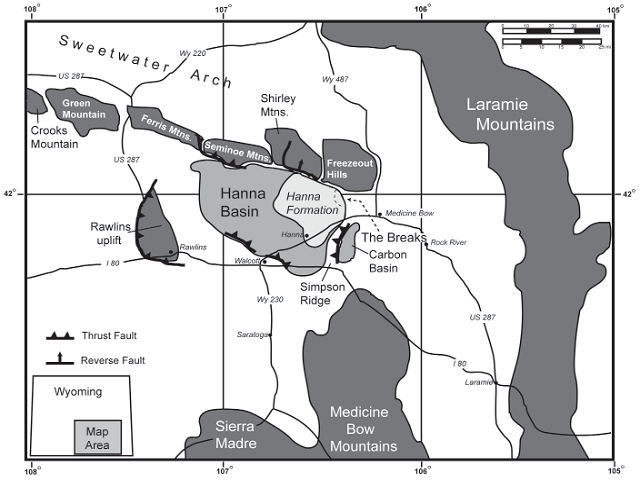Climate Change at the Paleocene-Eocene Boundary: New Insights from Mollusks and Organic Carbon in the Hanna Basin of Wyoming
Keywords:
Isotopes, Carbon, Nitrogen, Oxygen, Terrestrial, Paleocene-Eocene Thermal Maximum, PETMAbstract
Climate change at the Paleocene-Eocene Thermal Maximum (PETM) is frequently regarded as among the best ancient proxies for the potential effects of modern climate change. Terrestrial sections recording this event are few, but essential in understanding the impacts of rapid global change on land-dwelling life forms such as humans. In the Hanna Formation, exposed in the Hanna Basin of south-central Wyoming, the PETM and associated climate change are recorded in lacustrine and fl uvial sediments bracketing the Paleocene-Eocene boundary. Isotopic analysis of abundant fossil mollusks and organic carbon reveal interesting trends in the warming during the PETM and the subsequent climatic recovery. Changes in sedimentary environment due to climate change or tectonic events may be distinguishable through isotopic study, helping to clarify the direct impact of climate change on terrestrial ecosystems





